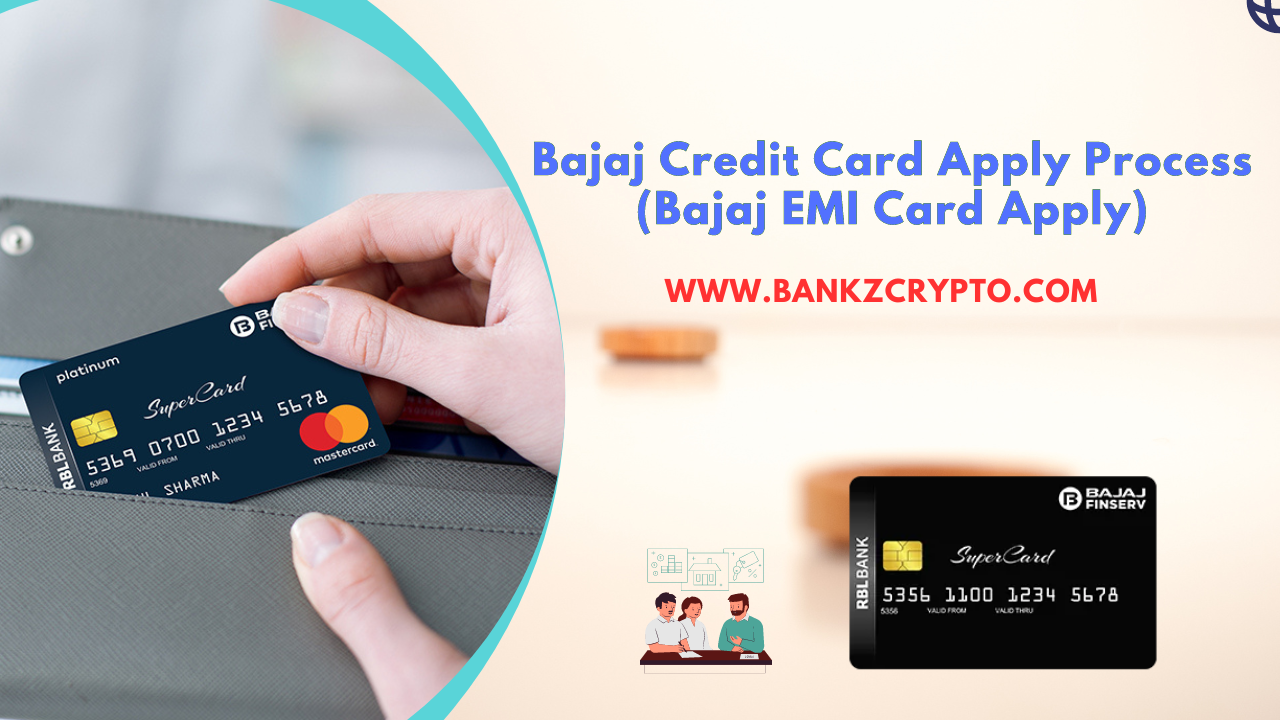In today’s world, buying things like a car, home, or even a mobile phone doesn’t always require paying the full amount upfront. Thanks to EMI options, big purchases are more affordable than ever. But what exactly is EMI? How does it work? And is it always a good idea?

In this simple guide, we’ll break down the meaning of EMI, how it’s calculated, its pros and cons, and answer some common questions all in plain English.
What is EMI?
EMI stands for Equated Monthly Installment. It is the fixed amount you pay every month to repay a loan. This includes both:
- The principal amount (the actual money you borrowed)
- The interest charged by the lender
In short, EMI is the way you repay loans in smaller, more manageable parts over time instead of paying everything at once.
Where Do You Use EMI?
EMIs are commonly used for:
- Home loans
- Car loans
- Personal loans
- Education loans
- Consumer durable loans (like phones, TVs, laptops, etc.)
- Credit card purchases with EMI options
Whether it’s buying a dream home or the latest iPhone, EMI makes it easier to manage the cost.
How Does EMI Work?
When you take a loan, the lender (like a bank or finance company) agrees to give you a certain amount of money. In return, you promise to pay it back with interest over a specific period — monthly.
Each EMI you pay includes:
- A part of the principal (so your total loan amount gets smaller)
- A part of the interest (the cost of borrowing)
In the early stages of the loan, the interest portion is higher. As time goes on, the interest decreases and the principal portion increases. This method is called reducing balance.
EMI Formula (Just for Reference)
If you’re curious, the EMI is calculated using this formula: EMI=P×R×(1+R)N(1+R)N−1EMI = \frac{P \times R \times (1 + R)^N}{(1 + R)^N – 1}EMI=(1+R)N−1P×R×(1+R)N
Where:
- P = Loan amount (Principal)
- R = Monthly interest rate (Annual rate divided by 12 × 100)
- N = Number of monthly installments
Don’t worry if that looks confusing banks and EMI calculators handle this for you online.
Benefits of EMI
Affordable Payments: You don’t have to pay the full amount at once. EMIs break the cost into smaller chunks.
Flexible Tenure: You can choose the repayment period that suits you — from a few months to several years.
No Need to Delay Purchases: EMI helps you own what you need today and pay gradually.
Helps in Budgeting: Fixed monthly payments make it easier to plan your monthly expenses.
Drawbacks of EMI
Interest Cost: You pay more than the original price because of the interest.
Financial Commitment: Missing EMI payments can hurt your credit score and add penalties.
Temptation to Overspend: Easy EMI options might lead to impulsive buying.
Types of EMI Plans
Here are the common EMI options available:
- Standard EMI: You pay interest and principal every month for a fixed term.
- No-Cost EMI: The interest is either paid by the seller or included in the product price. So you don’t pay anything extra beyond the product’s cost.
- Credit Card EMI: Buy products with your credit card and convert the payment into EMIs — often available on online shopping platforms.
- EMI on Debit Cards: Some banks offer EMI options directly from your savings account based on your transaction history.
Factors That Affect Your EMI
- Loan Amount: Higher the amount, higher the EMI.
- Interest Rate: A higher rate means you pay more in total.
- Loan Tenure: Longer tenure lowers your monthly EMI but increases total interest paid.
- Type of Interest: Fixed or floating interest rates can affect your EMI differently over time.
How to Reduce Your EMI
- Choose a longer tenure (though it may increase total interest)
- Negotiate a lower interest rate with your lender
- Make a bigger down payment if you’re buying something
- Transfer your loan to a bank offering lower interest (called balance transfer)
Frequently Asked Questions (FAQ)
1. What happens if I miss an EMI payment?
Missing an EMI can lead to late fees, extra interest, and a drop in your credit score. Repeated misses can lead to legal action or asset seizure in secured loans (like a car or home loan).
2. What is a no-cost EMI? Is it really free?
No-cost EMI means you don’t pay extra interest. However, some sellers include the interest in the product price or charge a processing fee. Always read the terms before choosing this option.
3. Can I prepay my loan before the term ends?
Yes, most lenders allow prepayment or foreclosure. However, some may charge a small fee. Prepaying helps you save on interest.
4. Will taking many EMIs affect my credit score?
Not directly. But if you have too many EMIs or credit card EMIs, it may increase your debt-to-income ratio and affect your ability to take future loans. Paying all EMIs on time is key to maintaining a good credit score.
5. Can I get an EMI without a credit card or loan history?
Yes. Many companies now offer EMI on debit cards, and some fintech lenders offer EMI-based loans without a credit card. However, your eligibility will depend on your income and repayment ability.
Final Thoughts
EMI has made it possible for millions of people to afford homes, cars, education, and even gadgets without breaking the bank. When used wisely, it’s a powerful financial tool. But like all tools, it should be handled with care.
Before opting for any EMI plan, read the fine print, compare interest rates, check your repayment ability, and only borrow what you can afford to repay.
Remember, EMI is not “free money” — it’s simply a way to pay in parts. Make sure it fits into your budget and financial goals.


